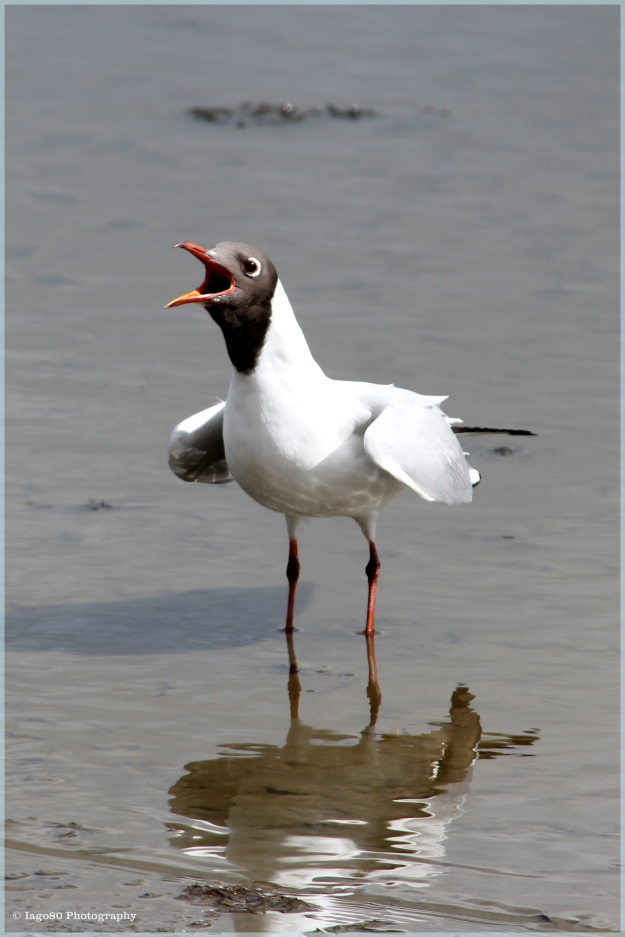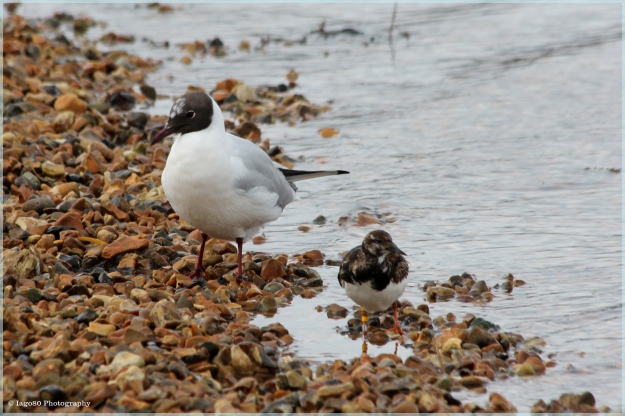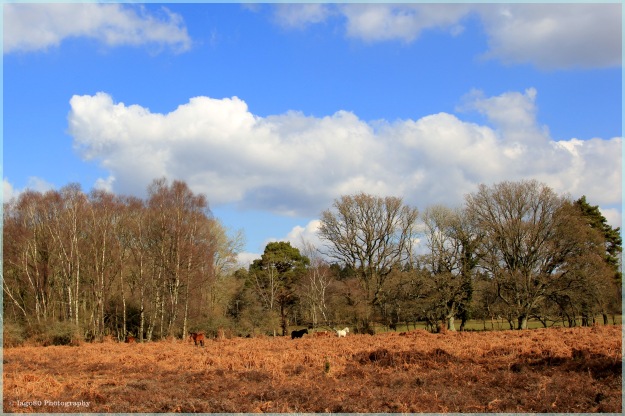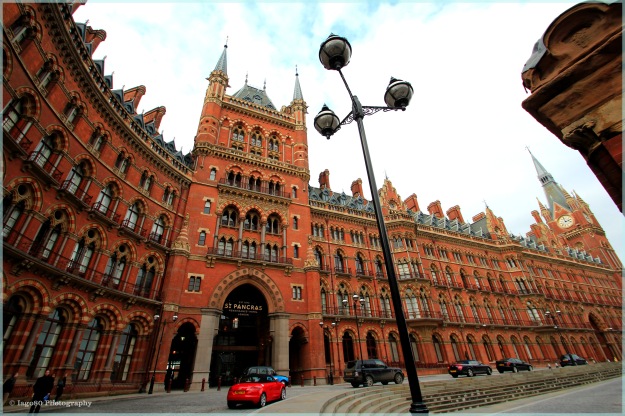106 years ago, Robert Baden-Powell rowed out into Poole Harbour with a group of boys and made camp on Brownsea Island, owned by a friend of his. This was beginning of the Scout movement.
Now mostly owned by the National Trust, the history of the island in human hands began and ended with a recluse. In the 9th Century, a single Christian hermit lived on the island, tending the chapel. Over a thousand years later a reclusive lady named Mary Bonham-Christie bought the island, expelled the villagers and lived virtually alone until her death in 1961.
The island is now a famous sanctuary for the Red Squirrel (Sciurus vulgaris) as the invasive Grey Squirrel has never been introduced to the island…
Landscapes of the island
The island is now a wonderfully wild place. There are marshes…
… lakes…
… woodland…
… shingle beaches…
… and, perhaps most importantly, a large salt marsh lagoon…
The birds of Brownsea
The lagoon is an important site for migratory birds in the winter and summer. Large numbers of Avocet (Recurvirostra avosetta) and Black-tailed Godwit (Limosa limosa) can be seen with Black-headed gulls (Chroicocephalus ridibundus) on the lagoon below (with some of the most expensive mansions in the country on the mainland in the background).
In fact, in winter up to half the UK population of wintering avocets may be present on the lagoon. I was over the moon to be able to get so close to them in the hides…
Although I didn’t get as close, I was even more astonished to be able to get shots of Spoonbill (Platalea leucorodia) as it is estimated that only around 20 of them will be present in the UK during the winter months (even in the summer, the number is in the low hundreds)…
I also saw: Black-tailed Godwit (Limosa limosa);
Oystercatcher (Haematopus ostralegus);
Spotted Redshank (Tringa erythropus);
and its cousin, Redshank (Tringa totanus);
Greenshank (Tringa nebularia);
Turnstone (Arenaria interpres);
Teal (Anas crecca);
and a lot of incredibly noisy Black-headed gulls (Chroicocephalus ridibundus);
In the woodland on the island, I also saw: Great spotted woodpecker (Dendrocopos major);
and many garden birds enjoying the bird feeders, including Coal Tit (Periparus ater)
Whilst gliding above the island were patrolling buzzards (Buteo buteo)…













































